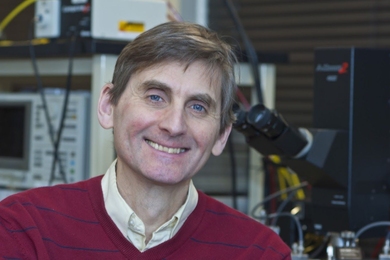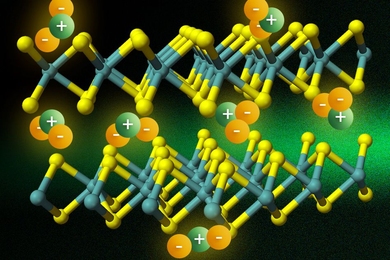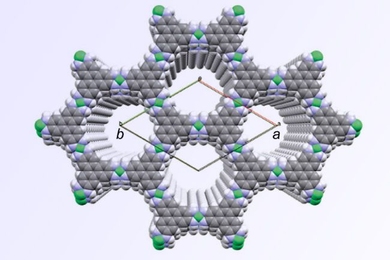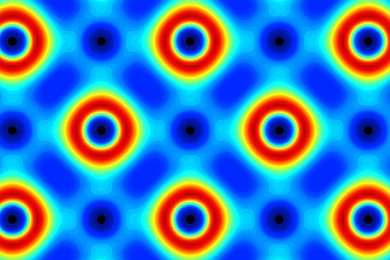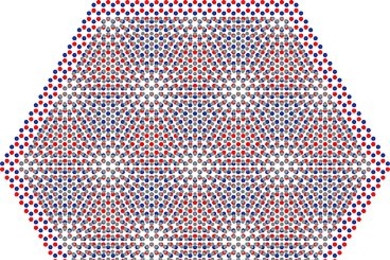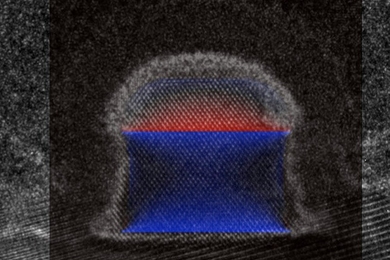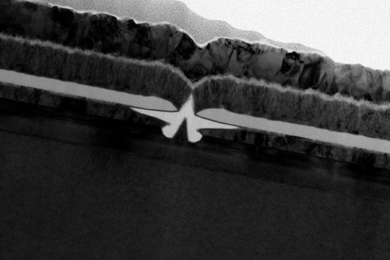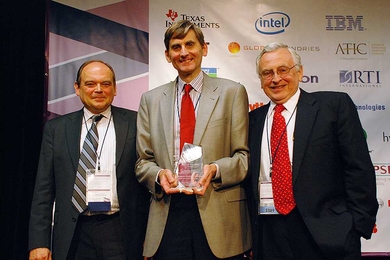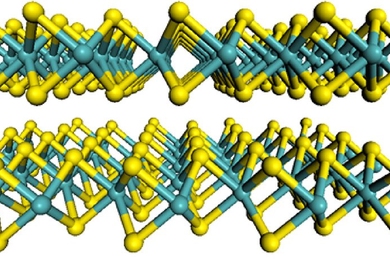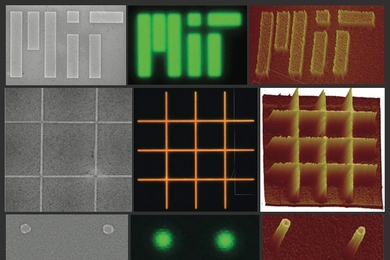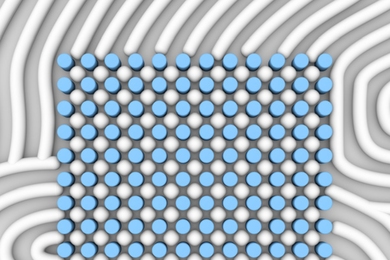Extreme materials and ubiquitous electronics
Tomás Palacios explores the application of novel materials in next-generation electronics to save energy and expand possibilities.
Unconventional photoconduction in an atomically thin semiconductor
New mechanism of photoconduction could lead to next-generation excitonic devices.
New material for flat semiconductors
Researchers find a two-dimensional, self-assembling material that might produce solar cells or transistors.
Solving a mystery of thermoelectrics
New analysis explains why some materials are good thermal insulators while similar ones are not.
Faculty highlight: Keith Nelson
Spectroscopy techniques demonstrate ballistic motion at micron length scales, open door to new possibilities for semiconductors, thermoelectrics.
An electrical switch for magnetism
MIT researchers develop a new approach to controlling the motion of magnetic domains; work could lead to low-power computer memory.
Stacking 2-D materials produces surprising results
New experiments reveal previously unseen effects, could lead to new kinds of electronics and optical devices.
Researchers demonstrate record-setting p-type transistor
New design for a basic component of all computer chips boasts the highest ‘carrier mobility’ yet measured.
Tiny compound semiconductor transistor could challenge silicon’s dominance
MIT researchers develop the smallest indium gallium arsenide transistor ever built.
‘Invisibility’ could be a key to better electronics
MIT team applies technology developed for visual ‘cloaking’ to enable more efficient transfer of electrons.
One-molecule-thick material has big advantages
MIT researchers produce complex electronic circuits from molybdenum disulfide, a material that could have many more applications.
Patterning defect-free nanocrystal films with nanometer resolution
New process developed at MIT could enable better LED displays, solar cells and biosensors — and foster basic physics research.
Research update: Chips with self-assembling rectangles
New technique allows production of complex microchip structures in one self-assembling step.
